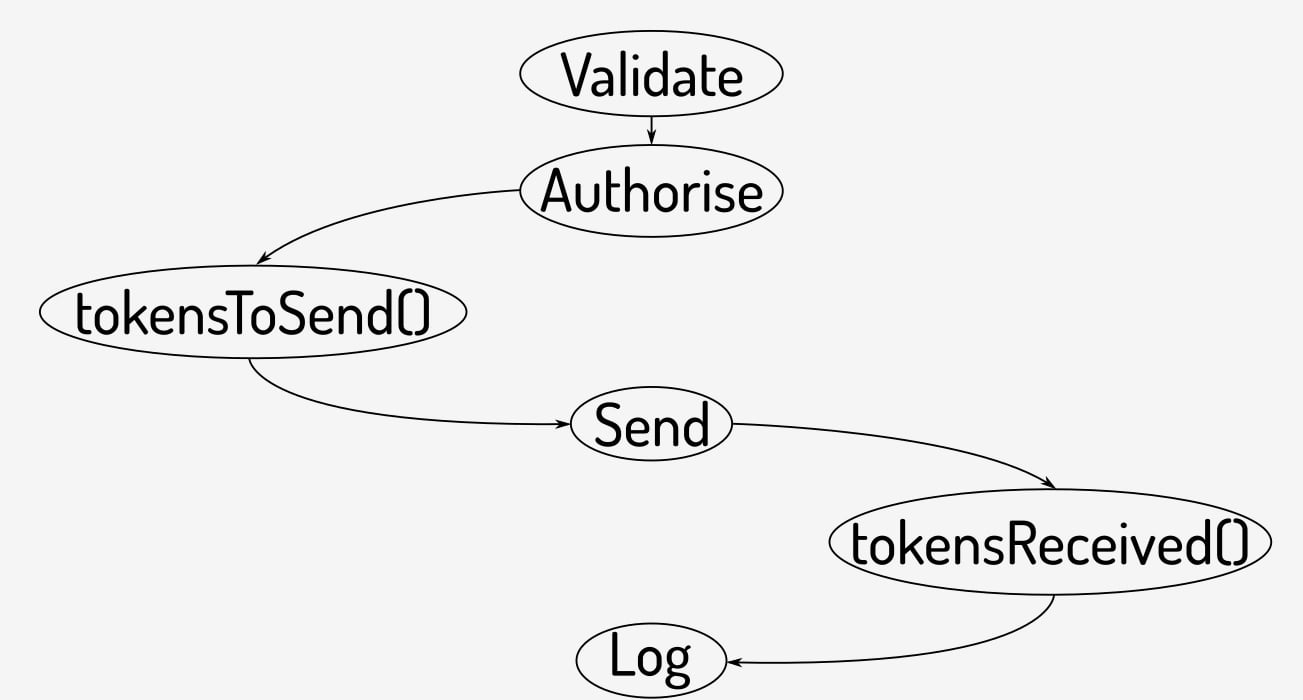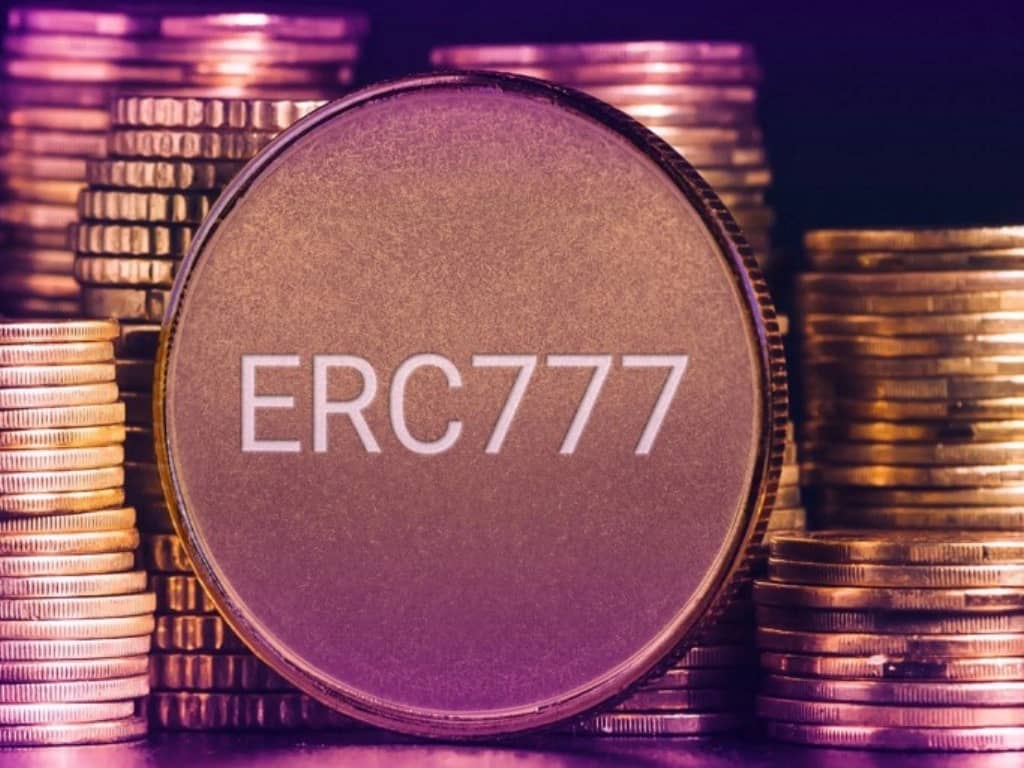Subscribe to wiki
Share wiki
Bookmark
ERC-777
ERC-777
ERC-777 is a standard for fungible tokens on the Ethereum network that identifies the types of tokens interoperable with Ether (ETH). It improves how individuals interact with tokens, solving the ambiguity problem often encountered when dealing with decimal points, minting, and burning. [1][2][3]
The standard resolves ERC-20 limitations through the advanced functionalities incorporated in it, including backward compatibility, its unique characteristic. [4][5]
Overview
The ERC-777 standard aims to improve the ERC-20 standard by simplifying smart contracts and token interaction. It uses a "hook" mechanism to make smart contracts more efficient at receiving and sending tokens. This prevents tokens from getting lost or locked forever when sent to the wrong address. Furthermore, the token standard has backward compatibility. This allows ERC-20 tokens to interact freely with ERC-777 ones. Though ERC-777 is not widely used like ERC-20, it is one of the standards that has achieved final status in the Ethereum community. [4][6][7]
Basics of ERC-777
ERC-777, which stands for "Ethereum Request for Comments 777," was created by Jacques Dafflon, Jordi Baylina, and Thomas Shabibi in 2017. The standard adds several advanced features for fungible tokens' interaction to improve ERC-20, one of the most widely used tokenization standards. ERC-777 tokens exhibit features such as operators and hooks, offering more security and control over tokens and enabling the transfer of tokens on behalf of another address. With ERC-777, operators are perceived as verified smart contract facilitators, like cryptocurrency exchanges. Also, token holders can authorize and revoke permission from certain operators who might send and receive tokens on their behalf. The hook mechanism in the ERC-777 standard enables smart contracts, operators, and addresses to know incoming transactions and control them and, if necessary, reject which tokens they send and receive. As for the standard's backward compatibility model with ERC-20, it allows it to build upon the token's standard functionality instead of rendering it outdated. ERC-777 tokens are more flexible, user-friendly, versatile, and secure than ERC-20 tokens. [6][7][8][9]
Features of ERC-777
Below are some ERC-777 features: [10][12][13]
- It has unique functions such as "send" instead of "transfer," "authorizeOperator" instead of "approve," and "tokens received" instead of "tokenFallback." These functionalities set it apart from the ERC-20.
- It interacts with a token contract while still being backward compatible with the ERC-20 standard.
- It employs a hook mechanism that enables a smart contract to respond to incoming or outgoing tokens.
- It solves the confusion around decimals experienced in ERC-20, thereby improving the developer experience.
- It enables whitelisting of operators, which allows network users to have the capability of rejecting payments from blacklisted addresses. Many reasons can cause an address to be blacklisted, but most of them include a history of illegal activities, attempts to hack the network, etc.
- It uses ERC-1820, a standard implementing a central registry of contracts on the Ethereum network, to identify interfaces that a smart contract uses.

Benefits of the ERC-777 Standard
The introduction of the ERC-777 standard has numerous benefits, including interoperability, an efficient transaction process, improved security, etc. [11]
Interoperability
Interoperability ensures ERC-777 tokens interact and work with other smart contracts and standards in the Ethereum ecosystem. This feature also opens up several possibilities and use cases to expand the ERC-777 standard's potential. [11]
Efficient transaction process
As a result of its efficient transaction process, ERC-777 delivers a faster and simpler transaction experience, leading to a better user experience. In addition, it reduces overall transaction fees due to the efficient transaction process. This allows direct transfers to contracts in a single transaction, neglecting the two-step approval and transfer process in the ERC-20 standard. [11]
Improved security
Features such as the "tokensToSend" and "tokensReceived" hooks in ERC-777 allow contracts to respond to incoming or outgoing transactions. This prevents unauthorized or unexpected token operations. [11]
Use Cases
Some notable applications of ERC-777 in the blockchain industry are below: [14]
- Decentralized finance (DeFi) protocols can use ERC-777 tokens for intricate financial instruments such as yield farming, options trading, lending, and borrowing. The advanced features of ERC-777 tokens facilitate the automation of diverse DeFi processes, enhancing security.
- For DAO voting and governance systems, ERC-777 tokens are applicable. During token transfers for voting, additional data can be appended to reflect decisions or preferences, promoting transparency and active participation in decision-making.
- In the gaming industry, ERC-777 tokens can embody in-game assets, character skins, or virtual currencies. They enable more dynamic and personalized interactions within gaming environments.
See something wrong?
